A Sense of Balance …
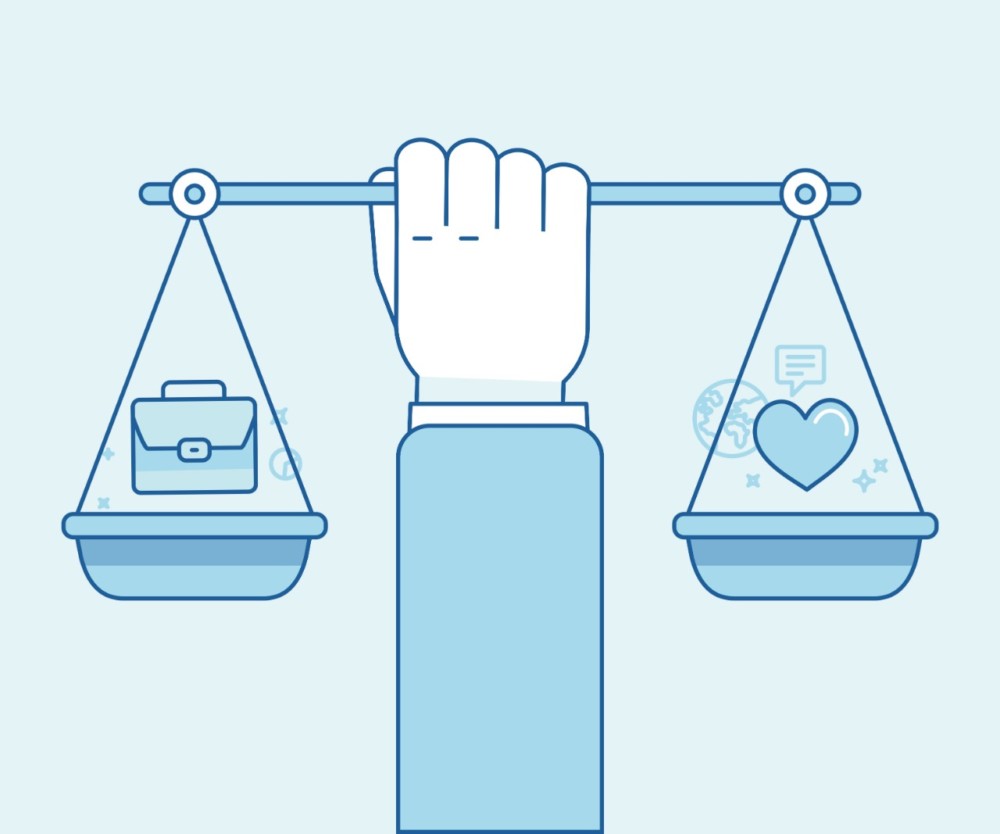 Conventional wisdom says that with age comes knowledge and experience, and one should then be able to ferret out the answers and solutions to those deep, consequential questions and challenges that have eluded us.
Conventional wisdom says that with age comes knowledge and experience, and one should then be able to ferret out the answers and solutions to those deep, consequential questions and challenges that have eluded us.
The reality, however, is that with the rapidity of change we are all experiencing in today’s world, even with age, one ends up with more questions than answers.
Keeping Pace
This reality extends into the business realm, where companies are continually rolling out new tactics and programs to upstage their competitors with a “new shiny object” that may give them a temporary market advantage but doesn’t make sense when viewed strategically and in context of their bottom line performance.
The following is an example of what I’m talking about. In past issues of Lawn & Garden Retailer, I’ve said that the consumer is driving retail, and that retailers must come up with products, programs and operations that can satisfy the consumer needs. And the internet is setting the level of consumer expectations that brick and mortar retailers must compete against.
Historically, we have viewed “value” as an equation that included product assortment and quality, service, marketing and price. In today’s world, it’s all that plus experience, and what the retailer can do to save the consumer time and make the buying process more convenient (we suffer hangover from the consumer’s on-line purchasing interactions with Amazon).
While total retail sales are growing at 2-3% per year, on-line sales are growing at a rate of 15-20% annually. E-commerce sales now account for about 15% of total retail!
It’s important to remember that the growth in e-commerce is coming at the expense of brick-and-mortar sales; e-commerce is cannibalizing physical store sales, not generating significant incremental sales. Amazon alone currently accounts for 49% of all e-commerce sales and 5% of all retail sales … this is the 800-pound gorilla that is disrupting consumer behaviors and expectations!
The Consumer’s Changing Mindset
Yes, Amazon has a broad assortment offering and very attractive pricing, but their real competitive advantage has been their fast direct-to-consumer delivery options that appeal to the consumer’s desire for time saving and convenience. This has resulted in the rise of the consumer’s instant gratification expectation mindset.
With the launch of the Prime subscription-based free shipping option, Amazon set the competitive bar high and, as they started to siphon off sales from traditional brick and mortar retailers, the traditional retailers felt the pressure to respond. And so began the retailers’ game of one-upmanship in an effort to both compete against Amazon and to leapfrog their competitors to stake a claim (albeit sometimes short-lived) as being most convenient and timesaving.
Led by Walmart, and now joined by Target and many of the major supermarkets, traditional retailers have ramped up their on-line web- and mobile-based platforms, and their fulfillment and delivery capabilities. Almost every major retailer now offers Buy-Online, Pick Up Instore (BOPIS) or curbside pickup, whereby the consumer orders on-line and then drives to the store where their order is carried out to their car for them.
For those customers who don’t want to go to the store at all, traditional retailers have put together combinations and permutations of annual subscription services for free home delivery, monthly fees and single order fees, some with and some without minimum order requirements.
Retailer Response
As the competition heats up, the consumer’s expectations rise, leading retailers to get more creative. In May, Walmart offered free next day delivery on minimum orders of $35 on anything offered on their website. In response, Target announced same-day fee based free delivery on 65,000 select items available on its website and mobile app.
On the grocery side, in addition to BOPIS, the retailers are offering increasingly shorter home delivery options. For example, Amazon’s Prime Now offers grocery delivery in one and two hours. Kroger just announced a pilot program of 30-minute home delivery for customers within three miles of the test stores. And Walmart, where 52% of their total domestic sales comes from grocery products, and where they hold a 23% share of the total grocery industry sales, is testing in-home delivery, where employees wearing body cameras (with the video linked real-time to the customer’s smartphone or computer) enter a customer’s home using a special lock/code and actually place the order in the customer’s refrigerator and pantry (naturally for a fee!)!
Just think of where delivery options will go with the advent of drone, autonomous vehicle and robot deliveries!
At What Cost?
I appreciate the need for retailers to be sensitive to the expectations of consumers, in this case time saving and convenience. But I also see the actions and reactions of retailers in addressing these expectations to be borderline insane and a race to see who can destroy their bottom lines the fastest!
First, there’s an inherent cost of the technology, fulfillment processes, and distribution and logistics in these quick delivery options, and I don’t see the fees charged as offsetting the invested costs, leading to a profitability challenge. Maybe the retailers are looking at this as a loss leader, hoping that with increased scale they can leverage their investment, but that remains to be proven.
But the greater risk I see is that of lost store traffic. Every time a retailer introduces a new offering for ordering and delivering merchandise through their e-commerce platforms, it keeps the customer out of the store with the result that the store loses the impulse buying opportunity. Those impulse sales are generally both incremental and more profitable sales. For example, when my wife goes into Target for a $3 tube of toothpaste, she almost always leaves the store with a cart of product worth $100, $97 of which was incremental and impulse driven. The likelihood that these lost incremental impulse sales in-store can be made up on-line are slim. Retailers can ill-afford missed sales opportunities like this in the long term.
Impact and Implications
Too many retailers are focusing too much attention on their on-line business without thinking about the implications to their bottom lines and the impact on their in-store sales; they’ve lost their sense of balance.
On-line fulfillment isn’t something that’s a high priority or opportunity for garden centers today, but there are plenty of ways for you to make the shopping experience more convenient and time sensitive for your customers that will help deliver the expectations the marketplace has conditioned them to experience.
As you focus on these expectations, please don’t sacrifice or overlook the need to find ways to keep the customer enticed and engaged to meander through your store, exposing them to all the impulse sales opportunities you offer.
It’s tough enough to get them through your front doors in the first place. Use every tool at your disposal to get the most out of every customer’s visit to your store!
By nature, plants, trees and flowers aren’t “instant gratification” products; they require time, patience and care to grow and flourish. They’re the antithesis of and the natural antidote to the rush mentality that is driving consumers’ behavior today, products that can help ground the consumer psychologically, morally and emotionally — a needed respite in a world where speed is everything.
In today’s crazy world, we all need to try to maintain a sense of balance …



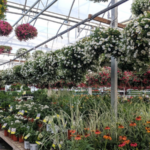





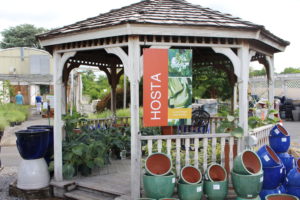

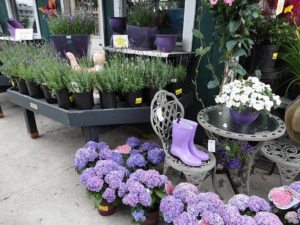
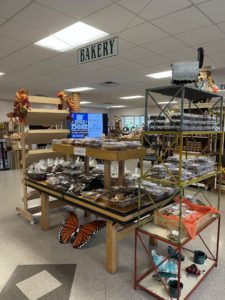
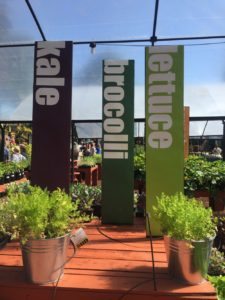



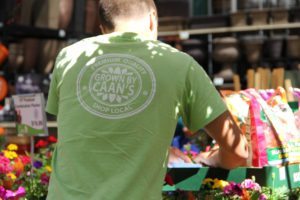
 Videos
Videos





